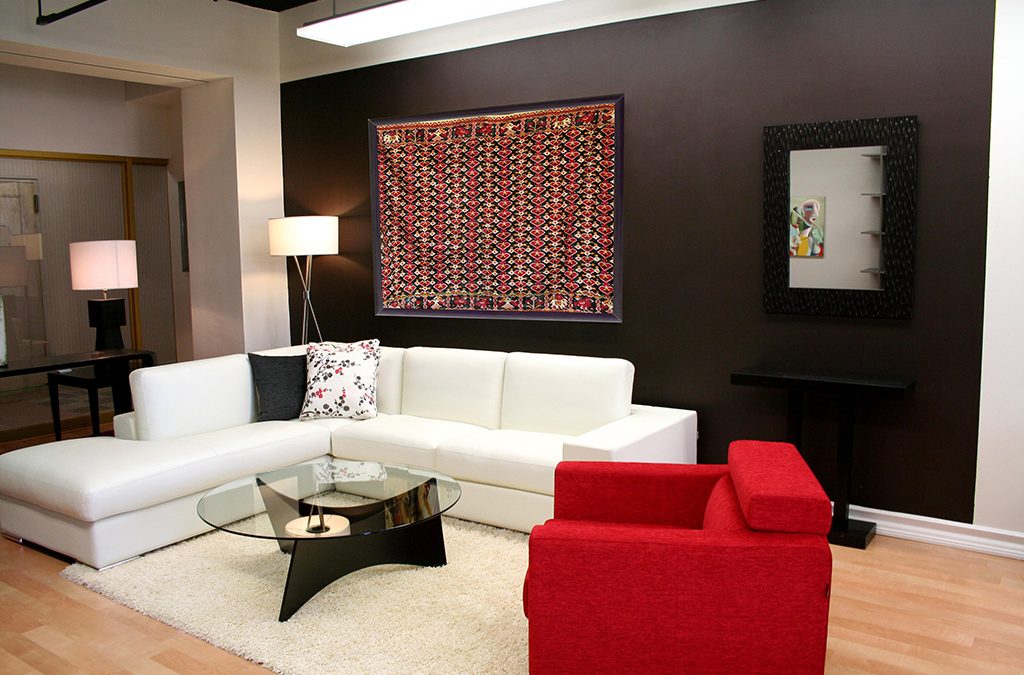Back in 2014, we found out that working Americans spend one-fifth of our lives at the office. The Organisation for Economic Co-operation and Development (OECD) broke down the actual numbers to 34.4 hours per week, on average. Within a forty-year work span before retirement, this equals 71,552 hours spent in the workplace.
These numbers are incidentally down from just twenty years ago. And with the definition of the workspace rapidly changing – more people are either working from home, or in shared spaces such as WeWork – the numbers will likely shift again within the next few years.
But one thing will never change: we all need a place to do our jobs. An office environment that encourages productivity and high performance is optimal, allowing employees to focus more primarily on the tasks at hand while on the clock. There are a number of ways to achieve this through effective design. One of the easiest and most effective solutions? Simply, color.
Color Is Everything
Did you know that brown can actually encourage stress? Be careful when using it around your office, says Entrepreneur Magazine. Consider instead a yellow tint, which invokes pleasant vibrations, taking the edge off in demanding work environments.
Many new startups are now taking advantage of the positive, energizing effects of red and orange highlights and accents. These colors spark creative juices and idea flow. In fact, just seeing the color red can raise one’s heartrate (it’s not just a figure of speech). Beware of too much of a good thing, however. The key with these particular warm colors is to be careful not to saturate your space with them. A room full of orange can actually have a counterproductive effect. Perhaps one or two walls to draw the eye in, along with sofa pillows or a rug. Remember that balance is best.
If your goal is to calm down or create a relaxing feeling in your space, muted shades of blue, green or purple can provide the tranquility you seek. They are fantastic for meeting areas, in which open-mindedness is required for people to share their work. Pastels can excel in these types of spaces, as well. Forbes Magazine suggests experimenting with a pastel shade for your convening room. Try complementing it with blue, green or purple artwork or ceramics – plus maybe a bit of plant life – to promote a feeling of airiness and lower stress.
As colors go, you can almost never go wrong with white. It’s the number one selling workspace hue for a good reason. White opens up smaller spaces and invokes professionalism in any industry. But if overdone, it could potentially backfire, creating a feeling of sterility or an absence of out-of-box thinking that could harm your staff output. For this reason, white is generally best-executed when accompanied by another accent color(s). Does your office have plain white walls? Consider charcoal grey as an accent.
Speaking of grey, Forbes asserts that it is a color associated with wisdom and intellect. When executed well, dark greys and charcoals can provide a place of peaceful study and contemplation, as well. A grey wall or nook could be just the simple thing your office needs to rev up its employee output.
Since our early childhood days, the power of color to transform our moods and our outlooks has been quite evident. The addition or insertion of a great color scheme can do just the same for your employees, yielding an overall happier office. Happiness translates into higher performance, so it’s a win-win.
What are some successful ideas you have to transform your space with color? Share them with us and post your photos!
We at Eileen Gould Design & Construction would like to wish you and yours a wonderful holiday season, and encourage you to have fun and dream big as you develop a space where you’ll be happy to entertain, work, and play. You won’t regret it!
See you in 2016!


